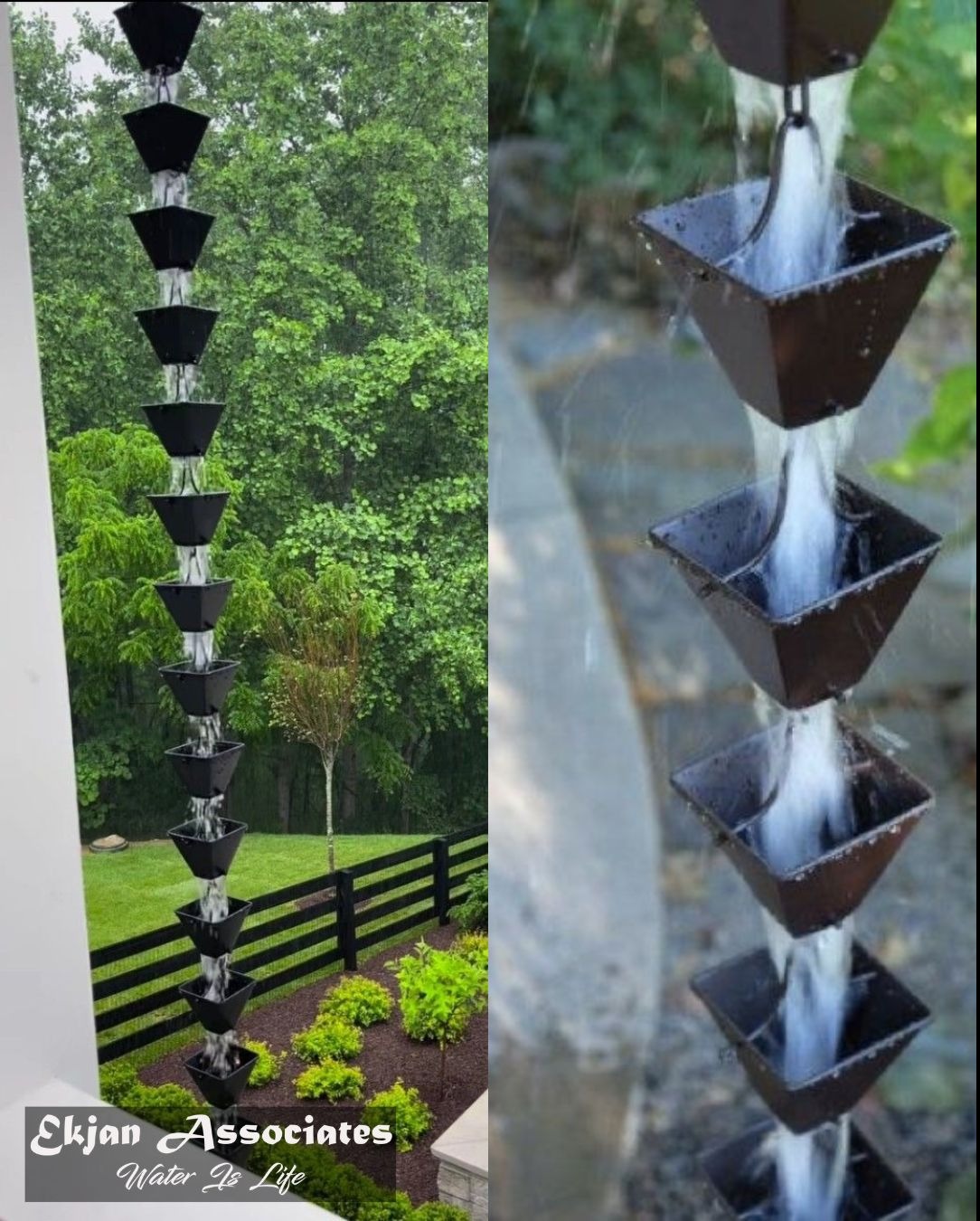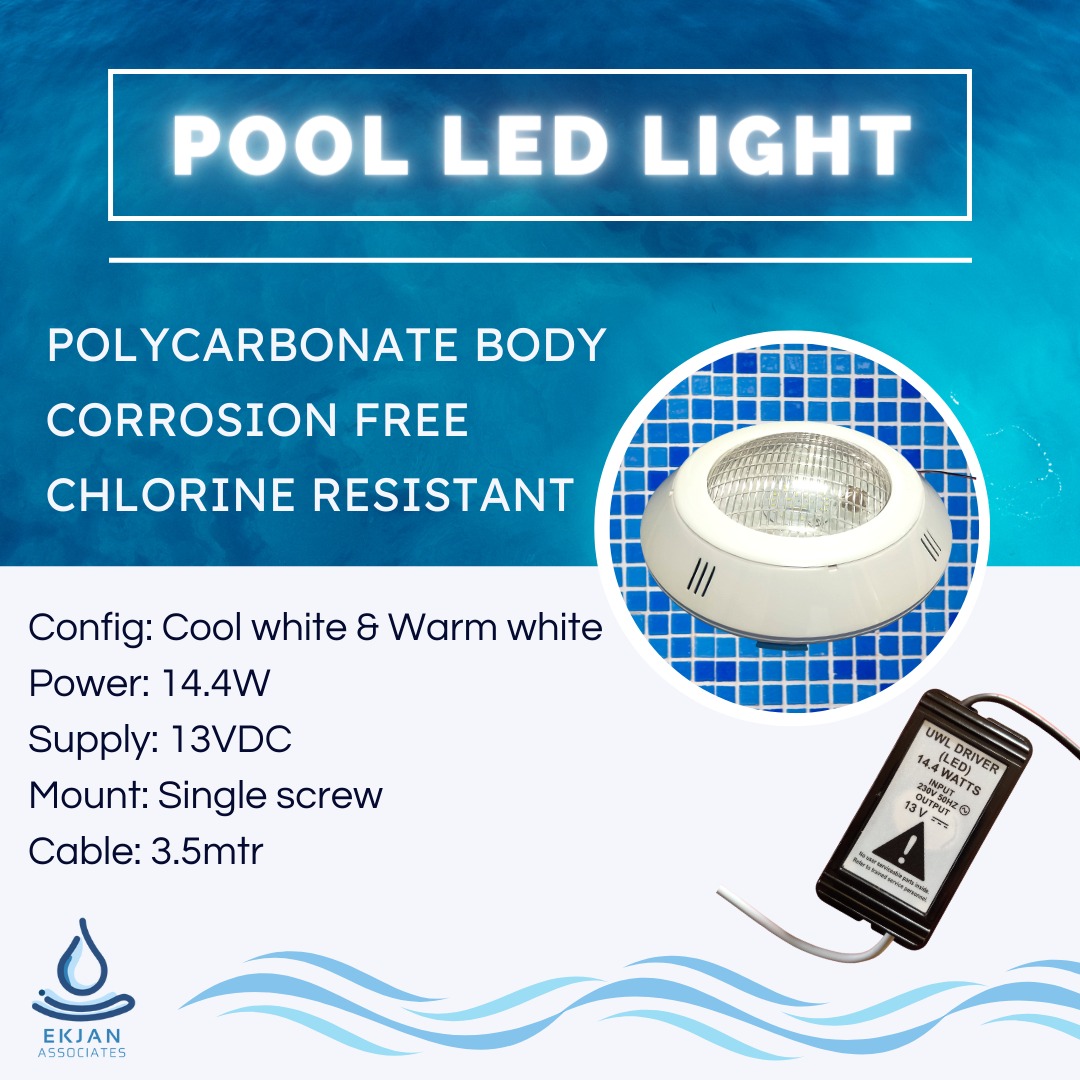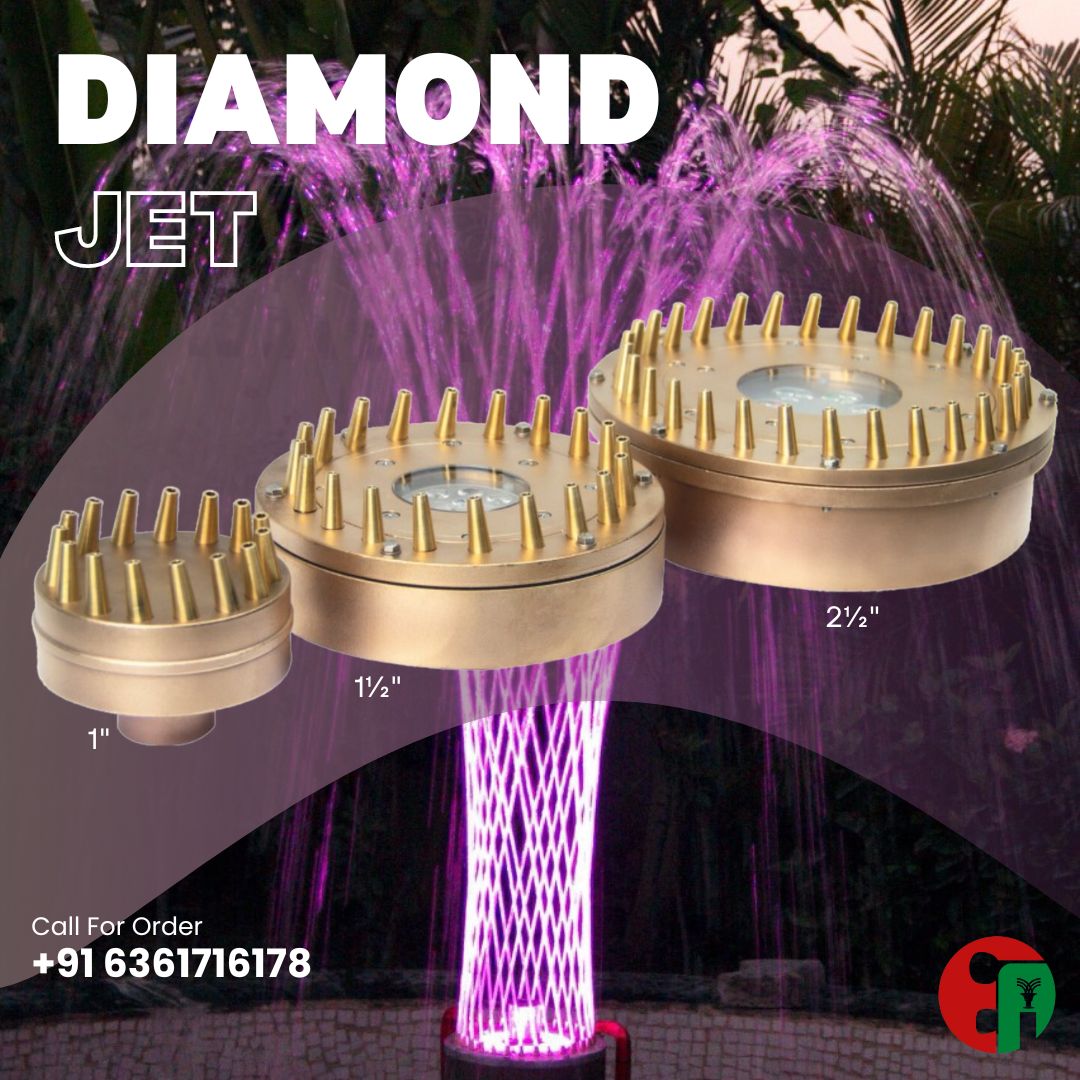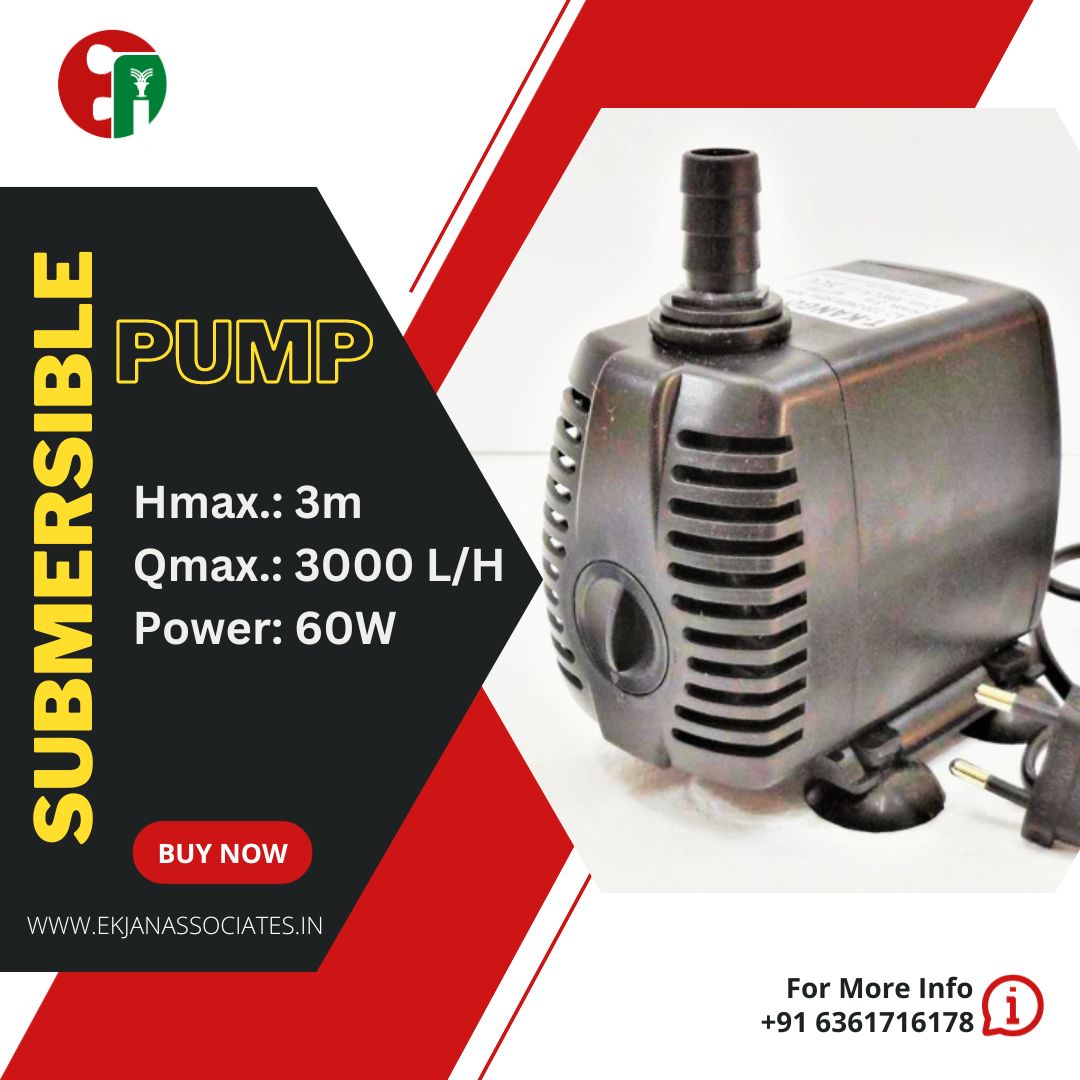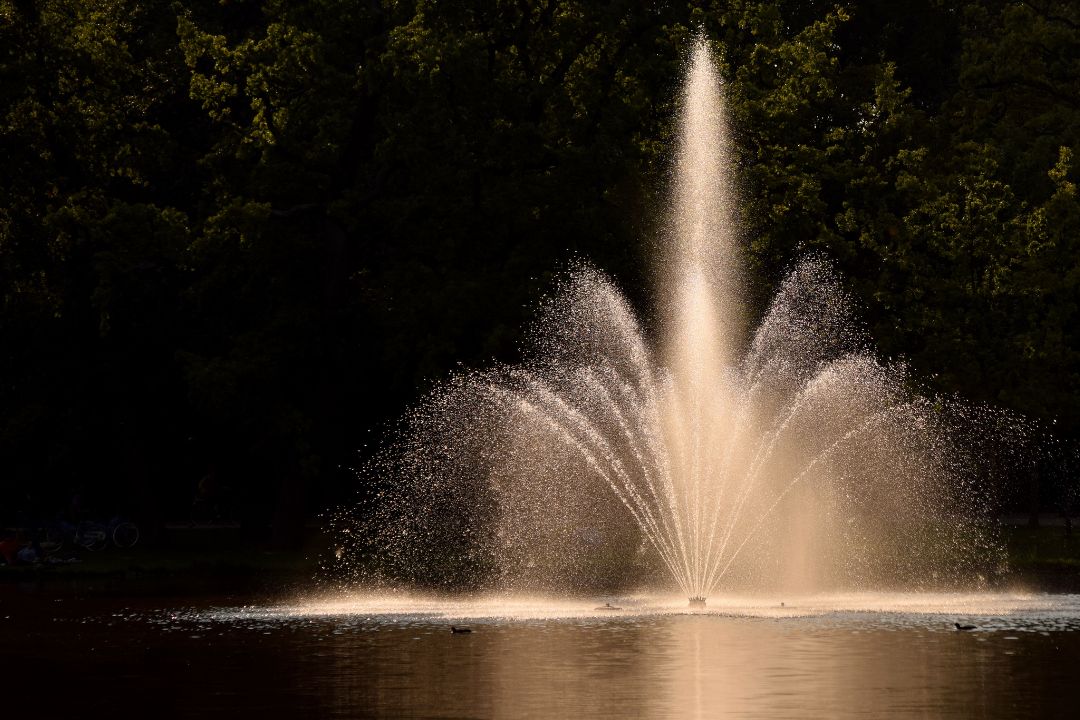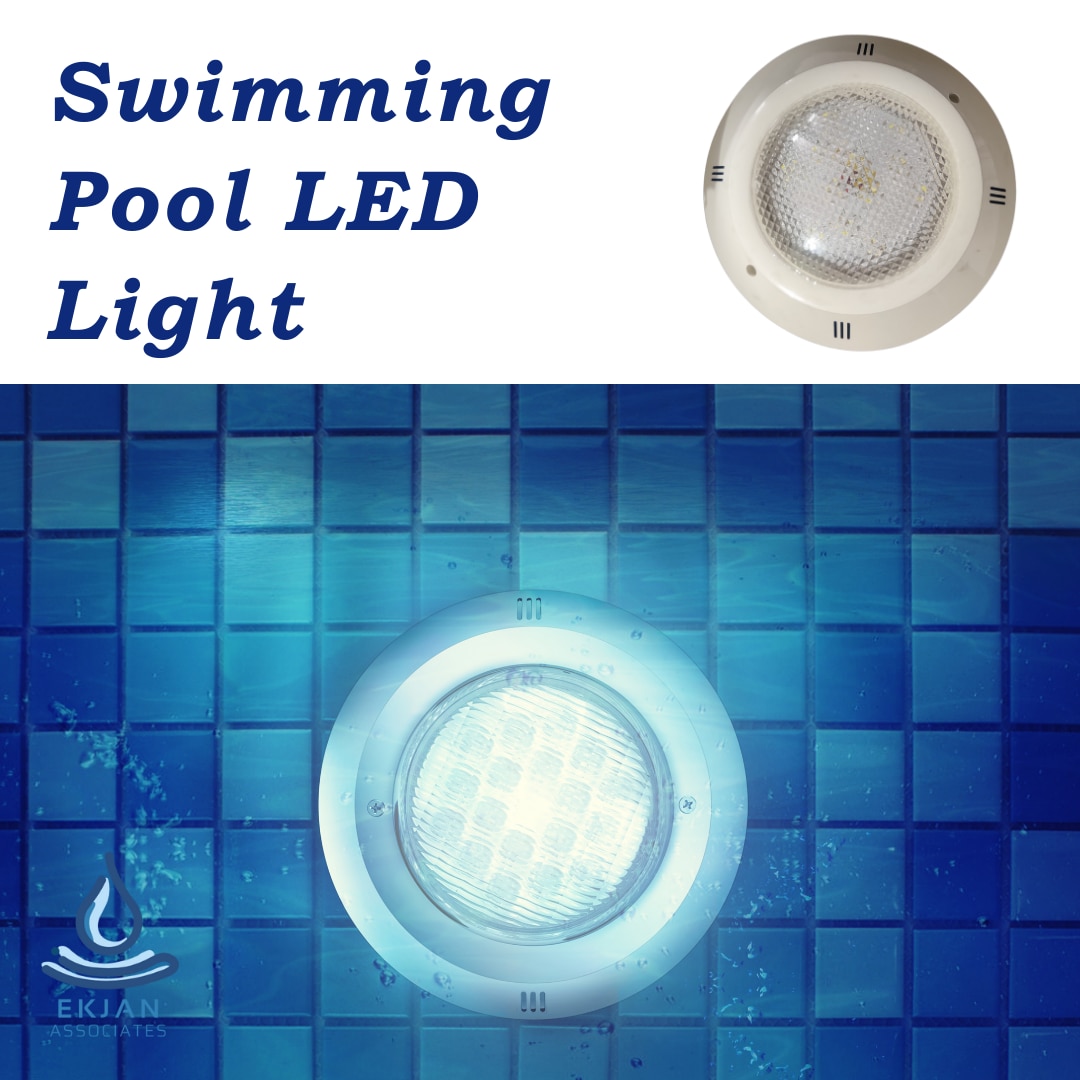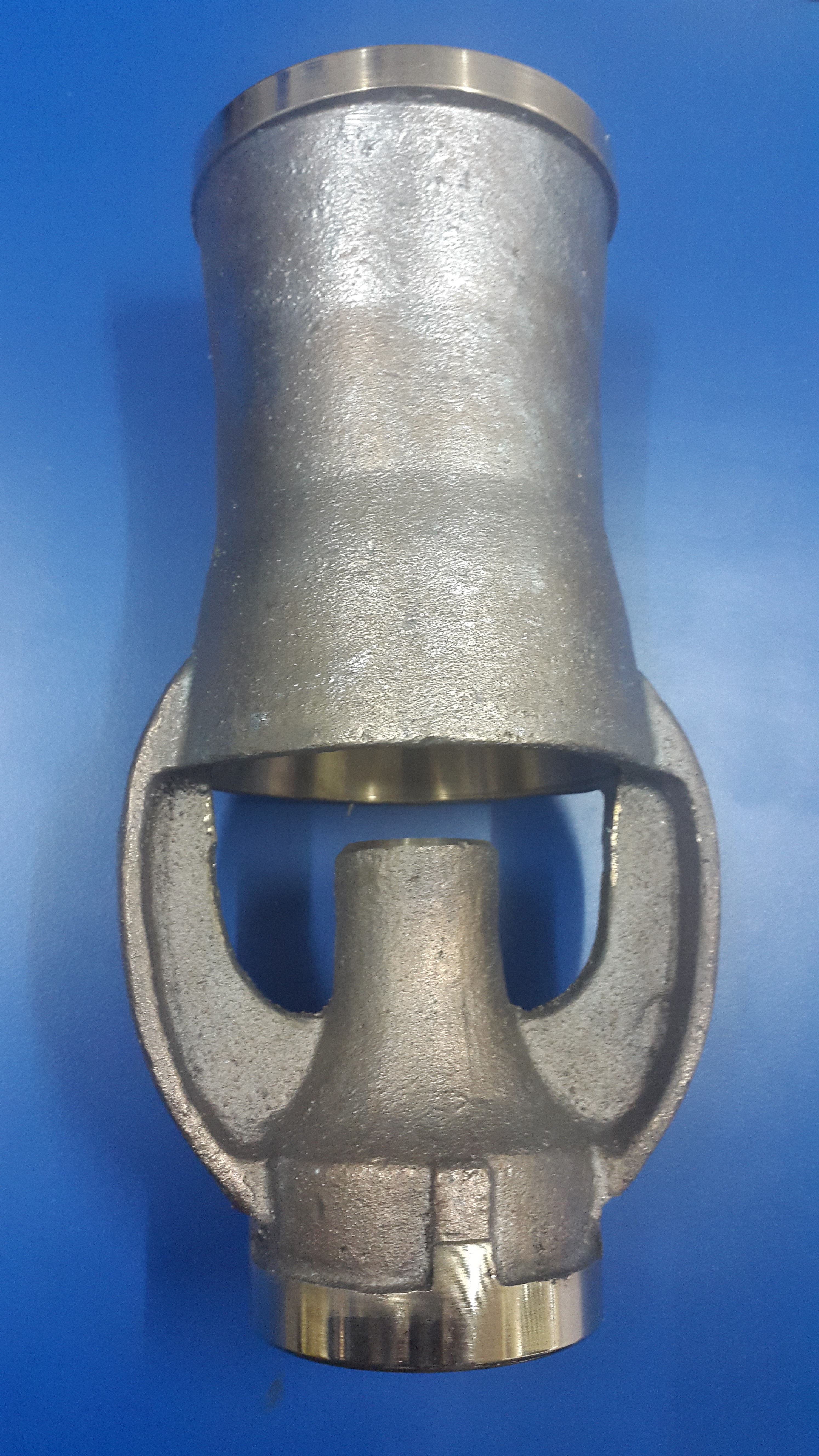Rain Chains: The Perfect Blend of Function and Beauty for Your Garden Water Features When it comes to managing rainwater runoff while adding aesthetic appeal to your outdoor space, few solutions are as elegant and effective as rain chains. These beautiful alternatives to traditional downspouts have been transforming gardens and patios for centuries, originating in Japan where they're called “kusari-doi.“ Today, they're gaining popularity worldwide as both practical drainage solutions and stunning water features. What Are Rain Chains? Rain chains are decorative alternatives to conventional downspouts that guide rainwater from your roof's gutter system to the ground in a visually appealing cascade. Made from various materials including copper, aluminum, stainless steel, or iron, these chains create a mesmerizing water display during rainfall while effectively directing water flow. The chains consist of interconnected cups, links, or decorative elements that allow water to flow gracefully from one level to the next, creating both visual and auditory appeal. The gentle sound of water moving through the chain adds a soothing, meditative quality to your outdoor environment. Rain Chains as Effective Water Fountains Natural Water Movement Rain chains excel as water features because they work with gravity to create continuous water movement. During rain events, water flows naturally through the chain system, creating an instant fountain effect without requiring pumps or electricity. This makes them incredibly eco-friendly and cost-effective water features. Dual-Purpose Design Unlike traditional fountains that serve purely decorative purposes, rain chains provide essential drainage while creating beautiful water displays. This dual functionality makes them perfect for homeowners who want attractive water features without dedicating separate space or resources to ornamental fountains. Year-Round Appeal Even during dry periods, rain chains maintain their aesthetic value as sculptural garden elements. Their vertical design adds height and visual interest to landscapes, while their metallic finishes develop beautiful patinas over time, particularly copper chains that develop stunning verdigris coloring. Installation and Positioning for Maximum Effect Strategic Placement For optimal fountain-like effects, position rain chains where they can be easily viewed from indoor and outdoor living spaces. Consider sight lines from windows, patios, and garden seating areas. The vertical nature of rain chains makes them excellent focal points in garden design. Foundation Considerations Install a catch basin or decorative collection system at the base of your rain chain. This could be a traditional basin, a rain garden, or even a small decorative pond. The collection system not only manages water runoff but also creates additional visual interest and can support the fountain aesthetic. Height and Flow Dynamics The longer your rain chain, the more dramatic the water cascade effect. Chains spanning from roof gutters to ground level create impressive water columns during storms. Consider the water pressure from your roof system – higher flow rates create more dynamic fountain effects. Design Variations for Different Aesthetics Cup-Style Chains Cup-style rain chains, like those shown in the image, offer the most fountain-like appearance. Water collects in each cup before overflowing to the next level, creating deliberate cascade points that maximize visual impact. These work particularly well for creating dramatic water displays during moderate to heavy rainfall. Link-Style Chains Simple link chains provide a more minimalist aesthetic while still guiding water effectively. Water clings to and flows along the links, creating different visual patterns depending on rainfall intensity. Decorative Element Chains Some rain chains incorporate flowers, leaves, or geometric shapes as connecting elements. These designs can complement specific garden themes while providing unique water flow patterns. Maintenance and Longevity Rain chains require minimal maintenance compared to traditional fountain systems. Regular inspection for debris accumulation and occasional cleaning to maintain optimal water flow are typically sufficient. Metal chains should be checked for secure connections, particularly before storm seasons. Different materials offer varying maintenance requirements. Copper develops natural patina and requires no protective treatments, while painted finishes may need periodic touch-ups. Stainless steel options provide excellent durability with minimal maintenance needs. Environmental Benefits Rain chains contribute to sustainable water management practices. They slow water runoff, reducing erosion and allowing for better ground absorption. When combined with rain gardens or collection systems, they become part of comprehensive stormwater management solutions. The fountain-like water displays also create microclimat

